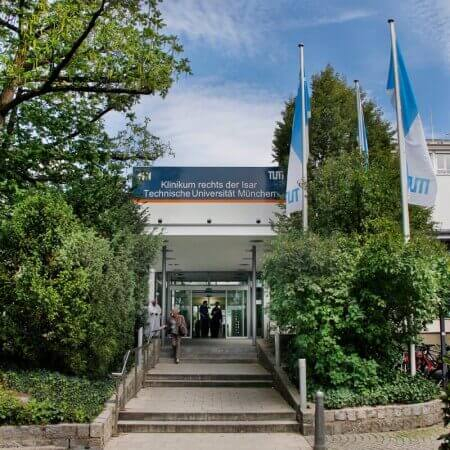About the disease
Spondylosis is an umbrella term used to describe pain or degeneration of the spine. Most cases of spondylosis develop as a result of osteoarthritis of the spine or degeneration of the facet joints. Other conditions, such as spinal stenosis (narrowing of the spaces between the vertebrae), can also lead to spinal degeneration. Spondylosis can also be a complication of degeneration of the discs between the vertebrae, which occurs when they become dehydrated or lose their functionality.
Back pain usually starts when the discs or joints of the spine start to rub against each other. The resulting stiffness causes some mobility of the spine to be lost, in particular the neck and the lower back. Spinal changes occur with age: people over 50 years old are very likely to develop spinal pain, especially if they lead a sedentary lifestyle or are overweight. Younger people can also develop spinal pain, especially if they don’t do enough exercise, have bad posture or sleep in an awkward position.
In addition, spinal pain can develop as a result of trauma, previous surgery or due to certain diseases. The most acute pain is caused by the nerve roots of the spine being compressed.
Symptoms
- Pain in the spine
- Pain in the neck/legs/arms
- Cracking sound in the spine when moving and turning the neck
- Inability to move the spine freely
- Tiring quickly, needing to sit or lie down after short periods of standing up
- Tenderness, numbness or a tingling sensation in the back or neck.
Diagnosis
- During a general examination, the doctor will palpate the patient’s spine, to find out where the pain is. It will be clear to the doctor straight away if the patient has scoliosis or other visible spine deformation.
- An MRI or CT scan depicts the inner structure of the spine; any compression or stenosis will show up clearly.
- A nerve conduction study is a diagnostic test that can find out if there are any problems with the functioning of the nerve roots. This study is usually performed by a neurologist.
Treatment
- Conservative treatment, such as the use of anti-inflammatory drugs and physical therapy, can reduce the pain and help the patient to regain mobility in their spine.
- The patient must follow special dietary restrictions, as set out by their doctor. Drinking plenty of water and minimizing sugar and salt intake is also advised.
- Various types of massage, swimming and special laser or magnetic treatment can also be beneficial.
- Surgery may also be necessary for stenosis, compression of spinal discs or nerve roots.
Authors:
This article was edited by medical experts, board-certified doctors Dr. Nadezhda Ivanisova, and Dr. Bohdan Mykhalniuk. For the treatment of the conditions referred to in the article, you must consult a doctor; the information in the article is not intended for self-medication!
Our editorial policy, which details our commitment to accuracy and transparency, is available here. Click this link to review our policies.
















